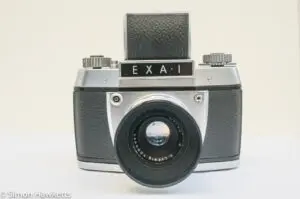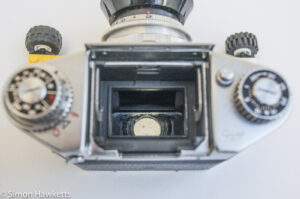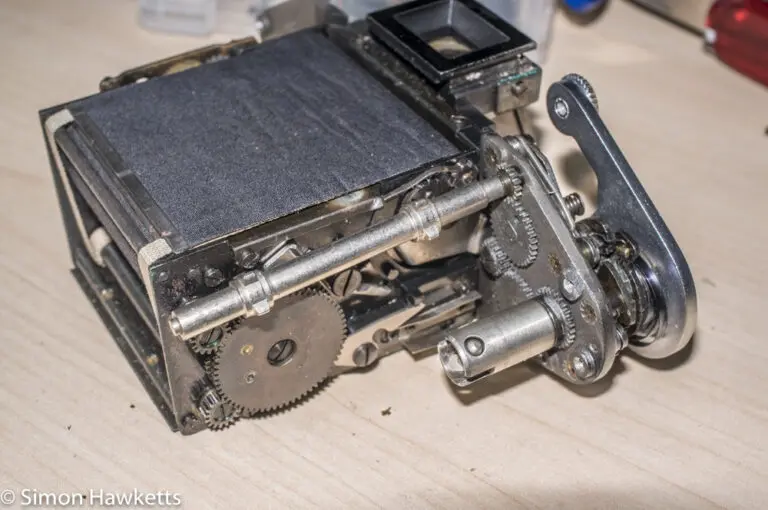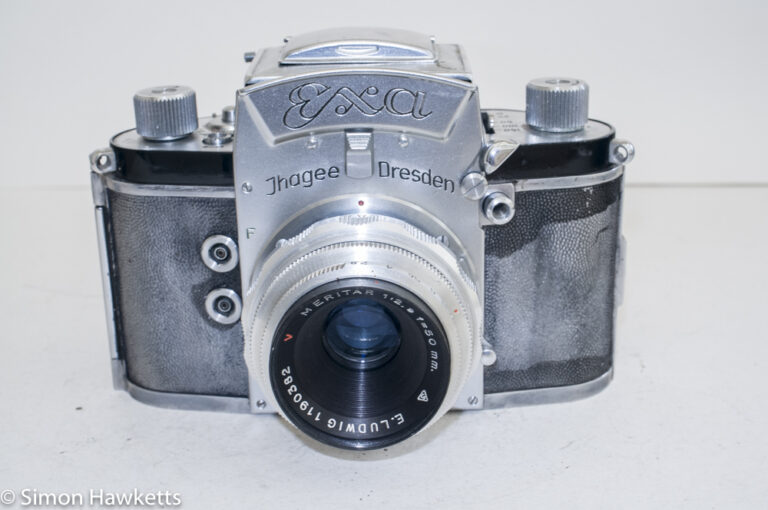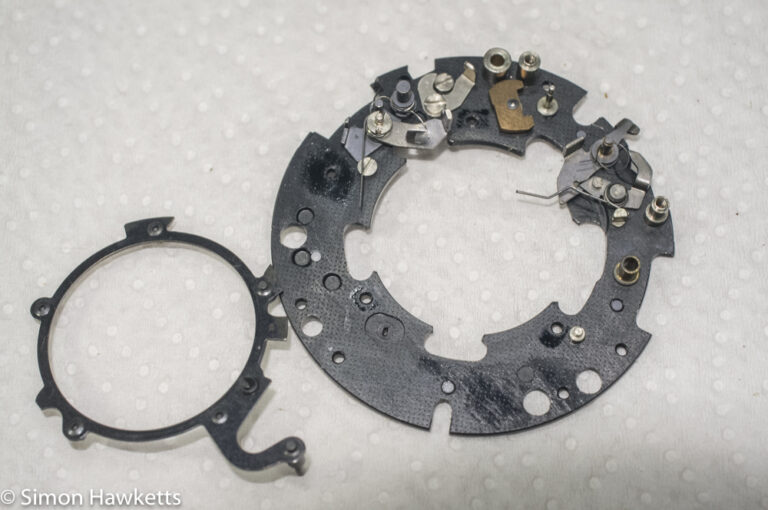Ihagee Exakta EXA 1 35 mm SLR
The Exakta EXA 1 35 mm SLR camera was produced by Ihagee of Dresden in East Germany in about 1962. The Exa range was a simplified and cheaper set of models than the company’s main range, which was, of course, the famous full Exakta models.
Exakta EXA 1 Images
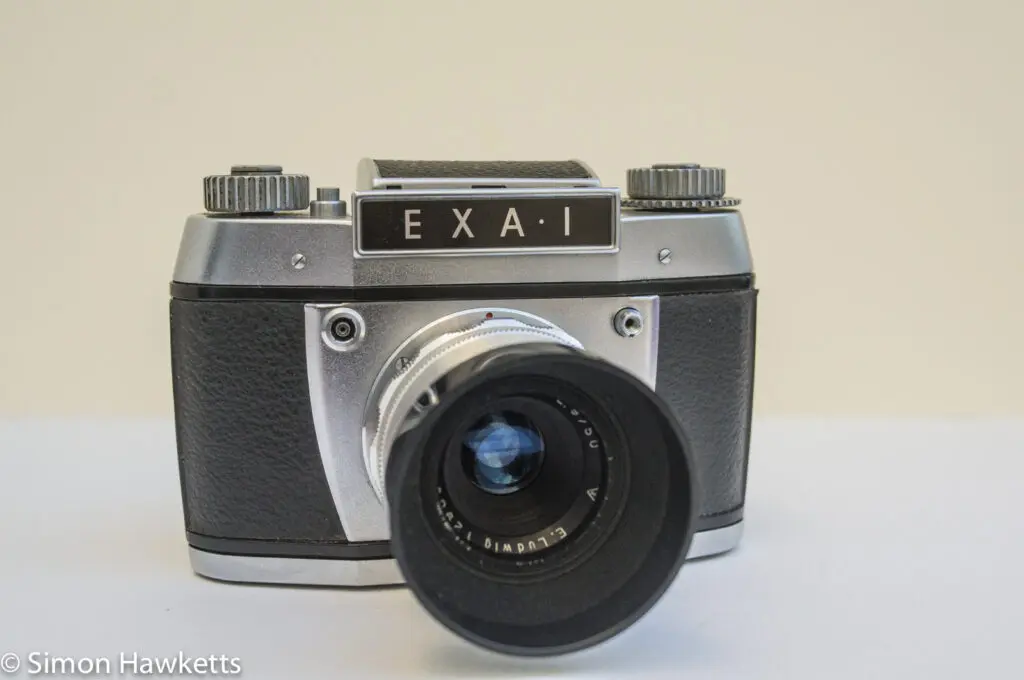

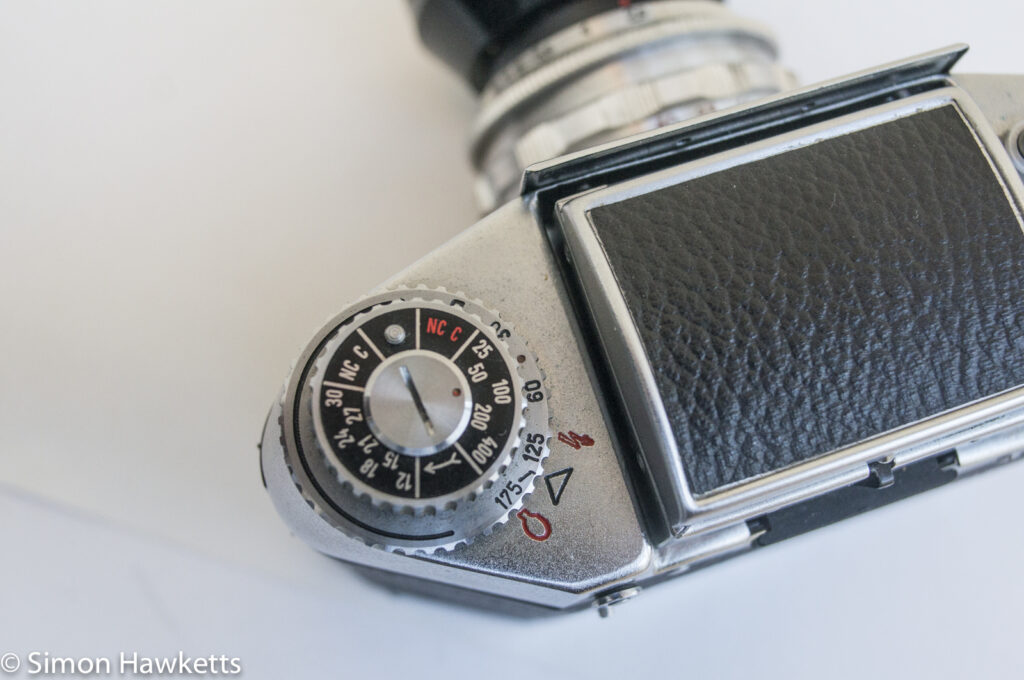
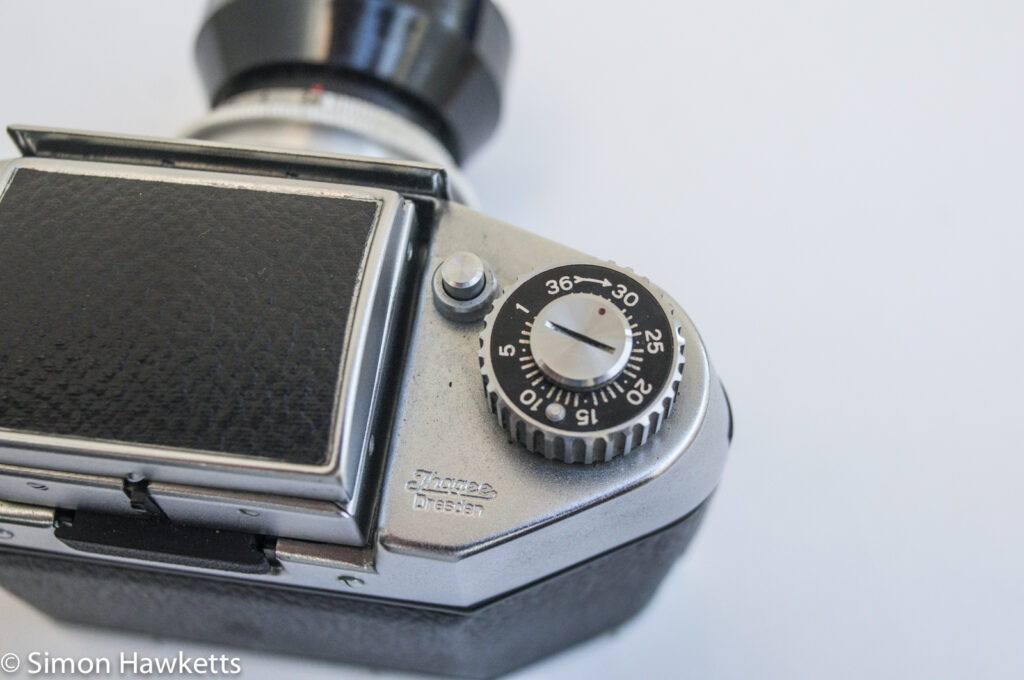
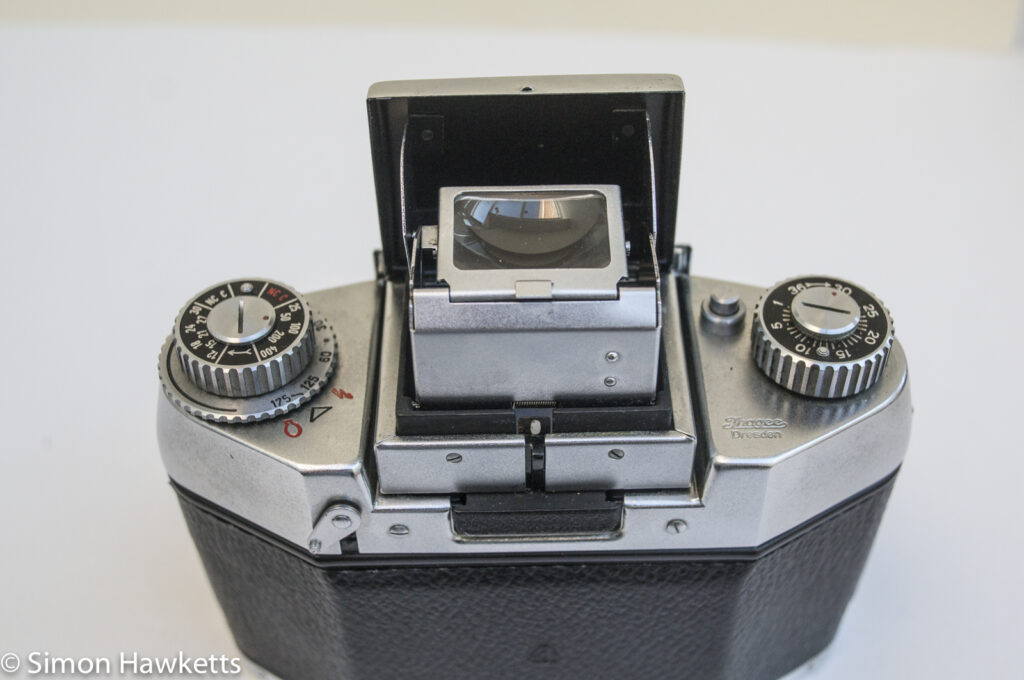
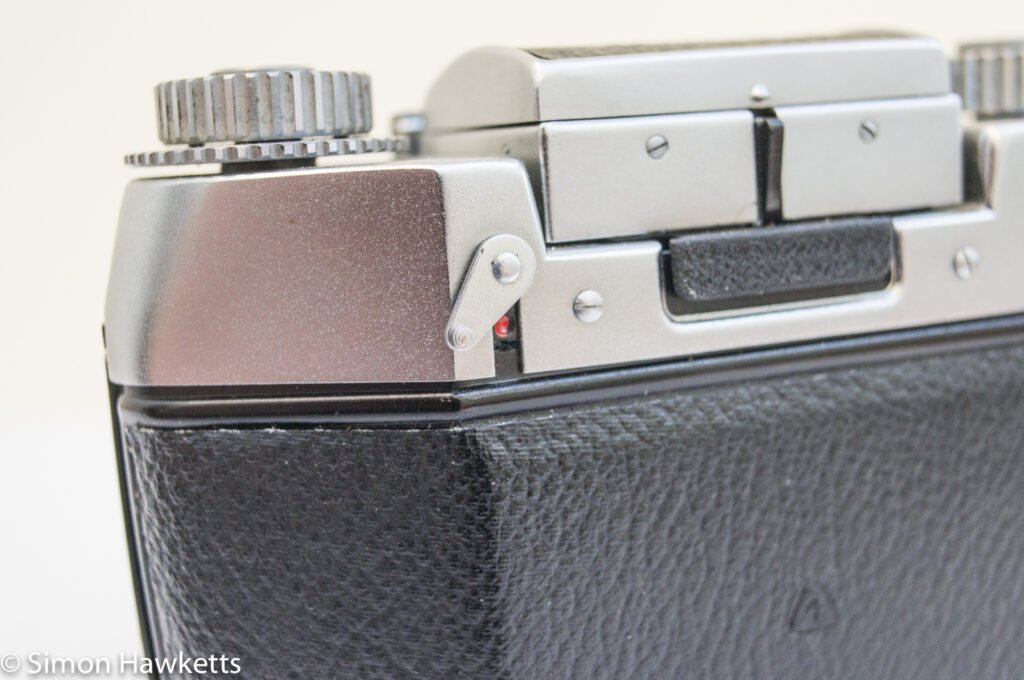
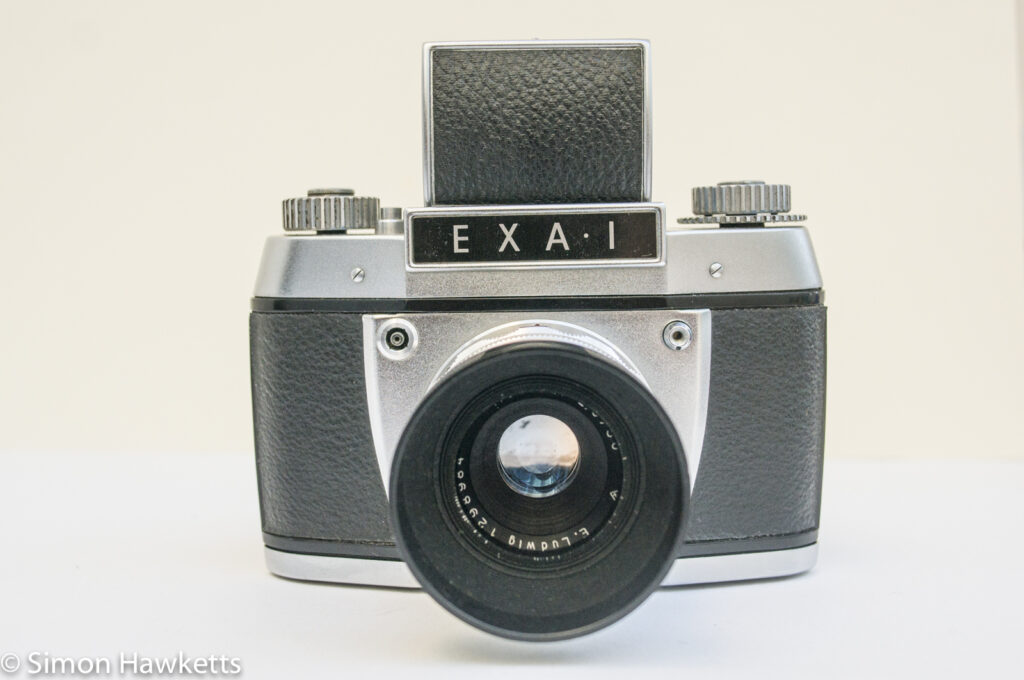
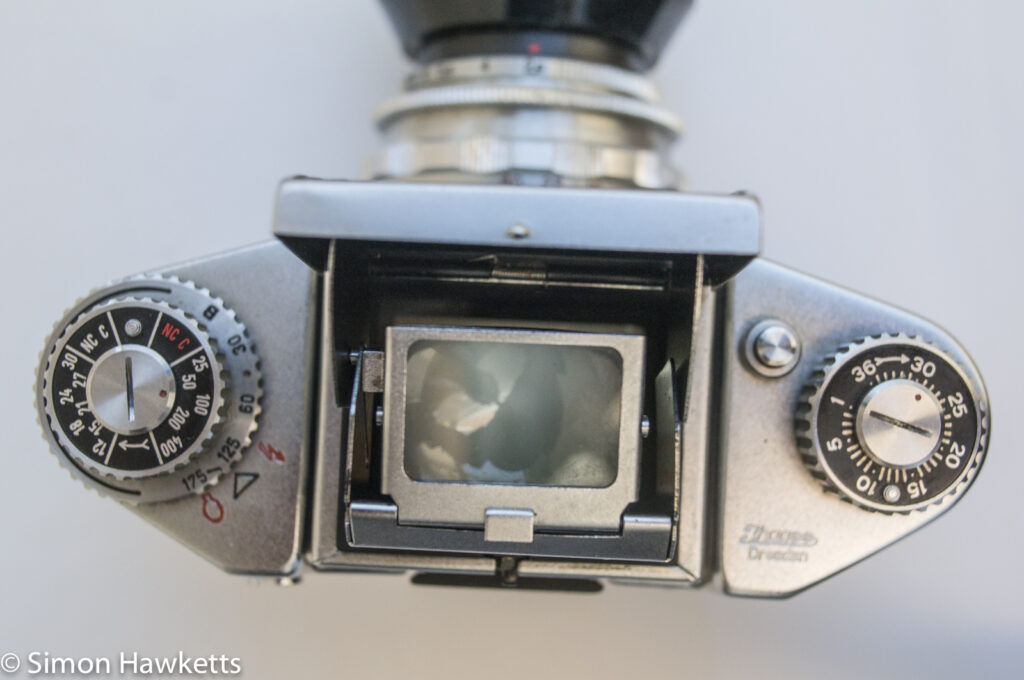
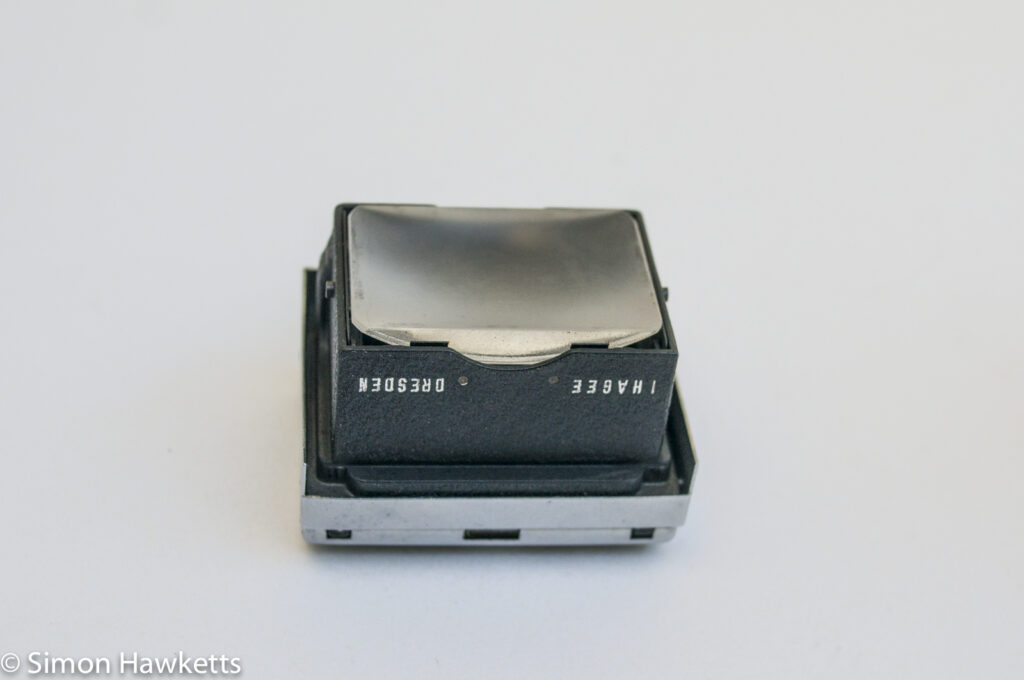
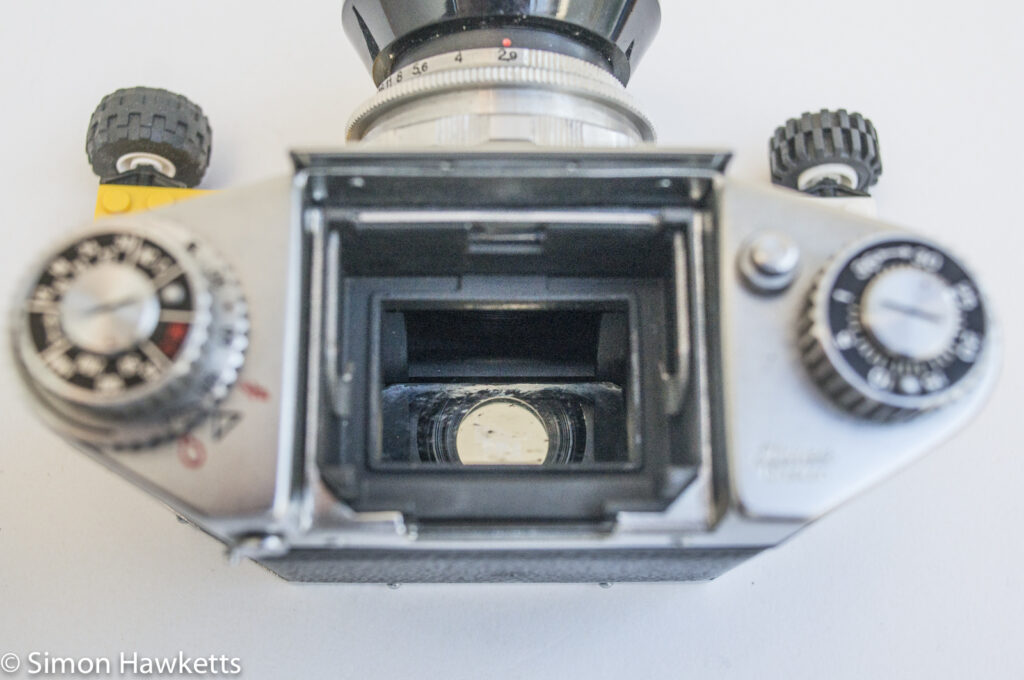


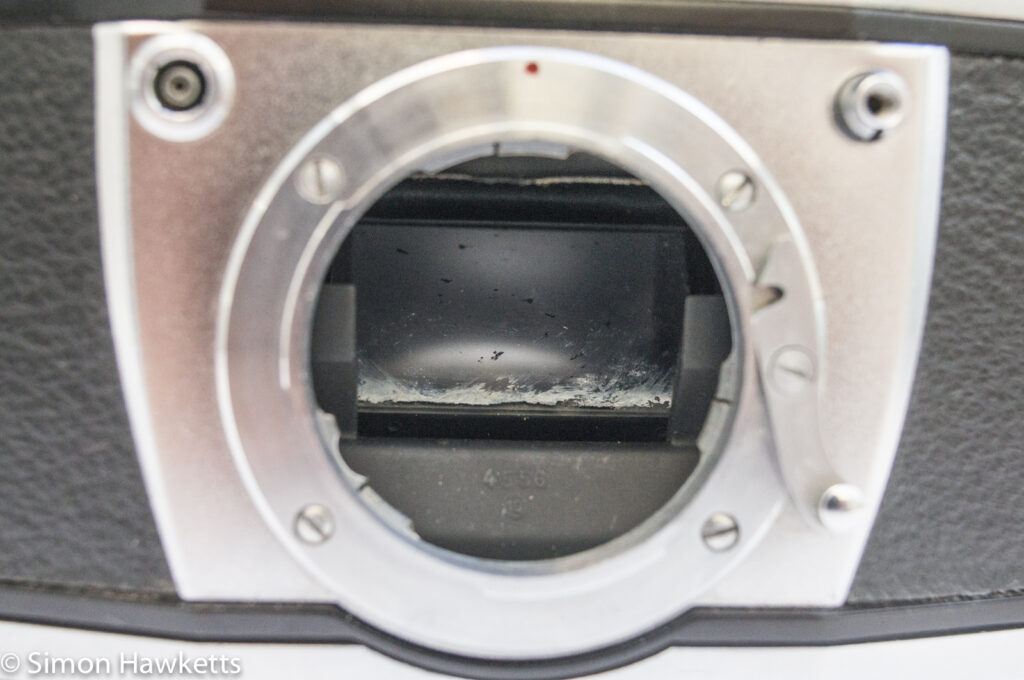
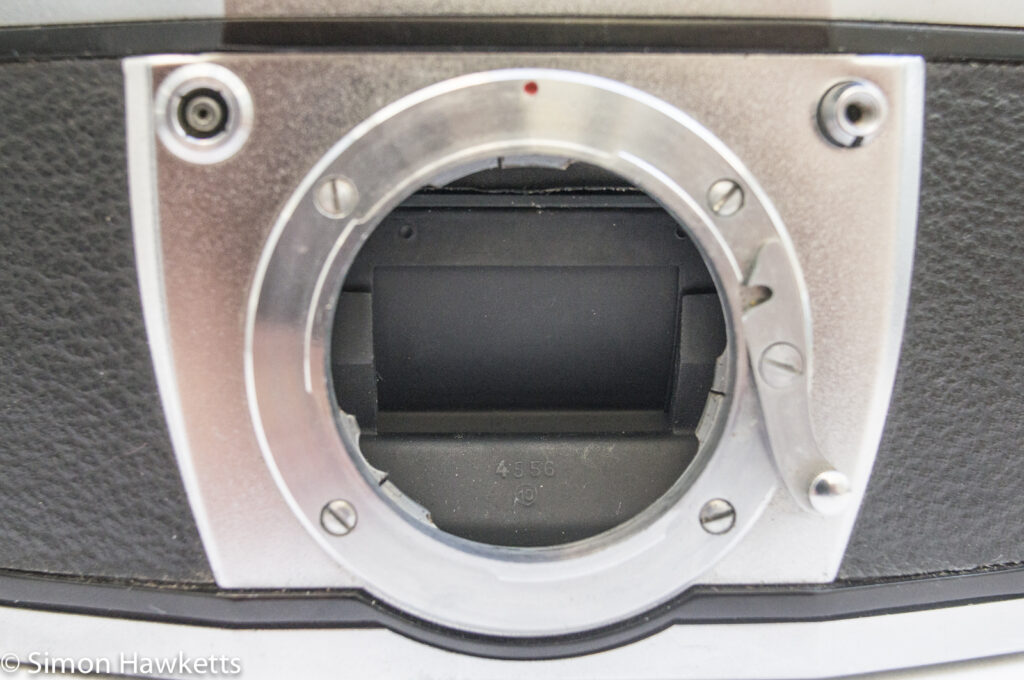
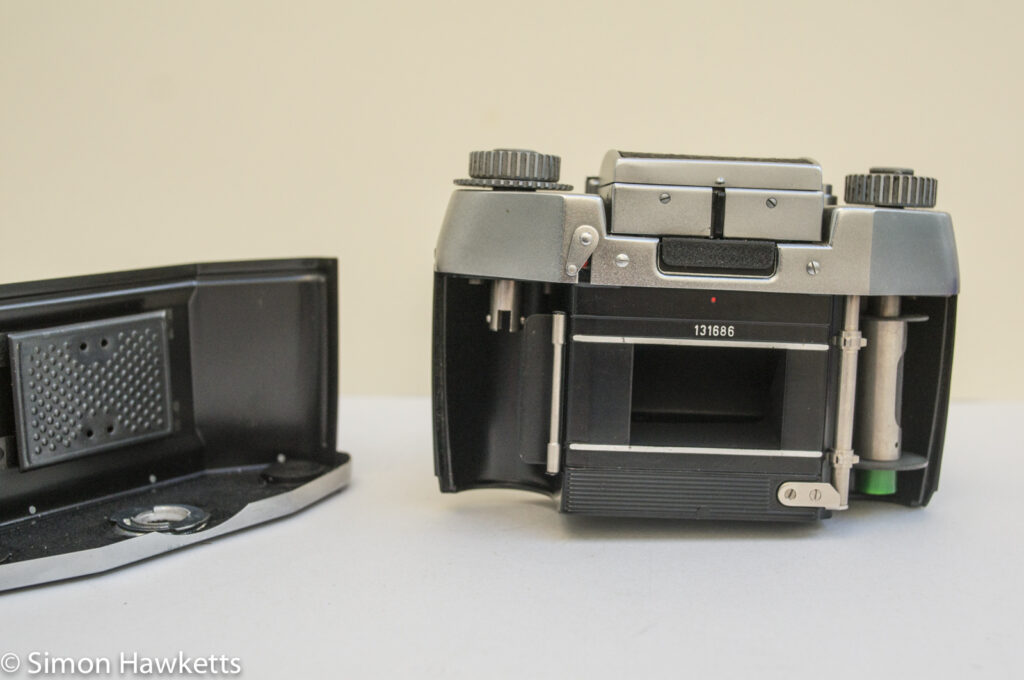
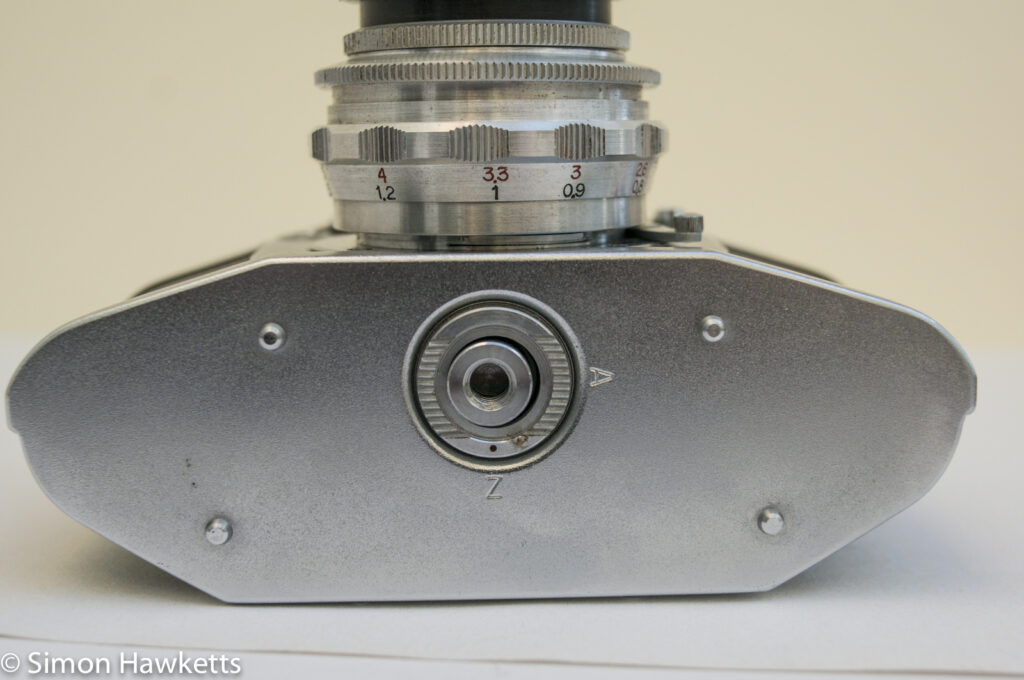
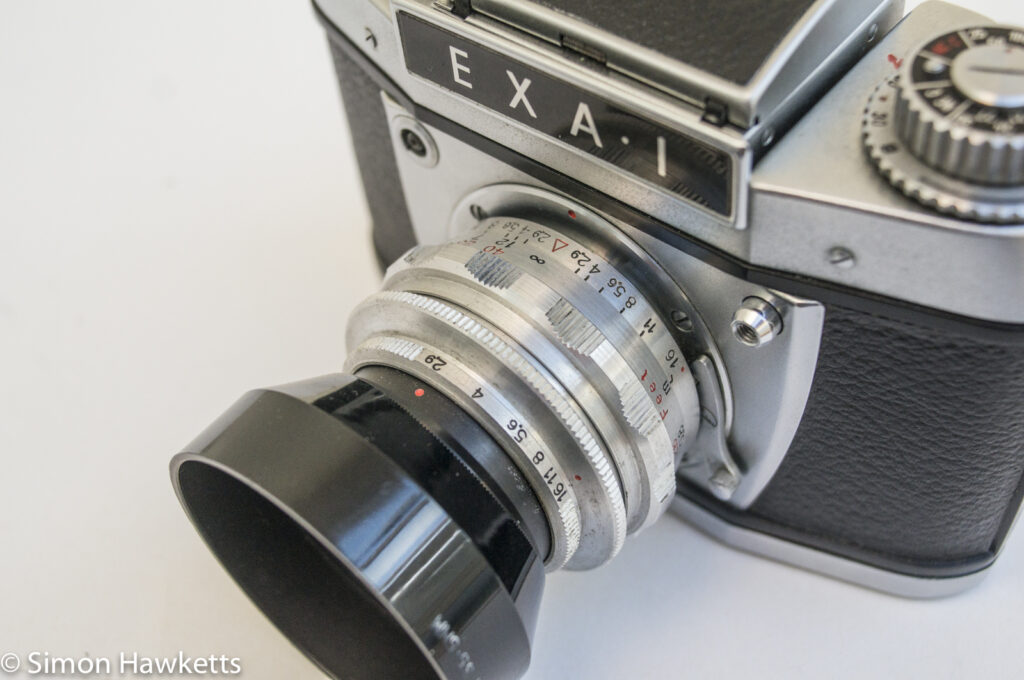
My Exakta EXA 1 Camera
I found this camera using the eBay ‘no bids’ tool with a search for ‘old camera’.
I suspect that it hadn’t been picked up because it was described as an ‘old exai camera’, the seller obviously reading the name plate on the front and not realising it is an EXA 1. I waited until the last 5 seconds to place a bit and bought it for £12.80 which beat the only other bid (which went on a few seconds before mine) by 50p.
When the camera first turned up I thought it might be faulty because I couldn’t trip or cock the shutter, but a bit of investigation revealed that I was pressing the film rewind button (on the top plate) rather than the shutter! Once I’d got that sorted out, it all seemed to work quite well.
The general condition of most of the camera is very good, although the mirror has quite a bit of dirt on. I’ve managed to clean some of it off with a cotton bud and a blower, but I suspect it will never be as clean as it was when originally made because there are some black marks where the silvering has come off.
Exakta EXA 1 description
To the modern eye there are several oddities to the EXA 1 which I’ll describe in a bit but as a general description the camera is a 35 mm SLR with an Exakta bayonet lens mount, a limited set of shutter speeds, a film advance knob rather than a lever, and a replaceable viewfinder. It’s quite a nice, rounded shape and fairly solidly built with a back and bottom which removes as a single piece for loading film.
Shutter and Frame advance
The shutter works in a way which is completely different from any other camera in my collection.
There isn’t a leaf shutter or a focal plane shutter, but a rather crude shutter made from the mirror and a piece of metal which blocks light from entering the film chamber when the mirror is flipped out of the way.
The sequence for firing the shutter is to wind the film on, which also winds the mirror down and allows a picture to be composed in the viewfinder. Once the picture is composed and the exposure set, the shutter release on the front of the camera is pressed, and the mirror flips back up and is followed by the other piece of metal to block the light coming from the lens. The shutter speed is dependent on how quickly this other piece of metal blocks the light.
The rather simple way the shutter works limits the available speeds to B, 1/30, 1/60, 1/125 and 1/175 and there is a setting between 1/30 and 1/60 for flash sync.
There is a frame counter built into the top of the frame advance which is set manually when the film is loaded, and then counts down to show the remaining film. On the rewind knob there is an ASA setting, but this is purely as a reminder for the photographer – there is no light meter in the camera.
Viewfinder
The viewfinder assembly is removable and replaceable with different units.
The version I have fitted is a waist level finder with a ground glass focusing screen, but eye-level units were available, and the focusing screen could also be replaced with other units. I find the magnifier which is fitted to the waist level finder quite good for achieving accurate focus, but really gets in the way when composing pictures.
The handbook suggests you can move it out of the way, but I’ve only found it possible to move it partially out of the way – it doesn’t fold flat. Unfortunately removing the viewfinder doesn’t help because the ground glass screen is part of the viewfinder rather than the camera, so with no viewfinder you just see the mirror and can’t focus the picture.
Lens
The lens fitted is an E. Ludwig Meritar 50 mm f/2.9 pre-set lens with an Exakta bayonet mount and what seems to be a blue coating on the lens elements. The aperture is a five blade affair, with click-less f-stops from f/2.9 to f/16 and focus range from infinity to 0.8M.
This is the simplest lens supplied with this model of camera when originally made. It was also possible to purchase lenses with a button which combined the aperture stop down with closing the shutter as the exposure was made, allowing for automatic aperture. These worked by extending the shutter release in the same way the lens on the Miranda D worked.
Exakta Exa 1 Camera Specs
- Exakta EXA 1 35mm slr camera
- Shutter B + 1/30, 1/60, 1/125, 1/175
- Shutter Lock lever
- Front mounted shutter release.
- Top mounted film rewind button
- Non return mirror
- Removable/Replaceable viewfinder
- Replaceable focusing screen
- Exakta bayonet mount lens
- 50mm f/2.9 E. Ludwig Meritar lens
- Film speed reminder
- Body Ser No: 131686
- Lens Ser No: 1298984
- Manual of earlier version available here
Discover more from Everything Vintage
Subscribe to get the latest posts sent to your email.


